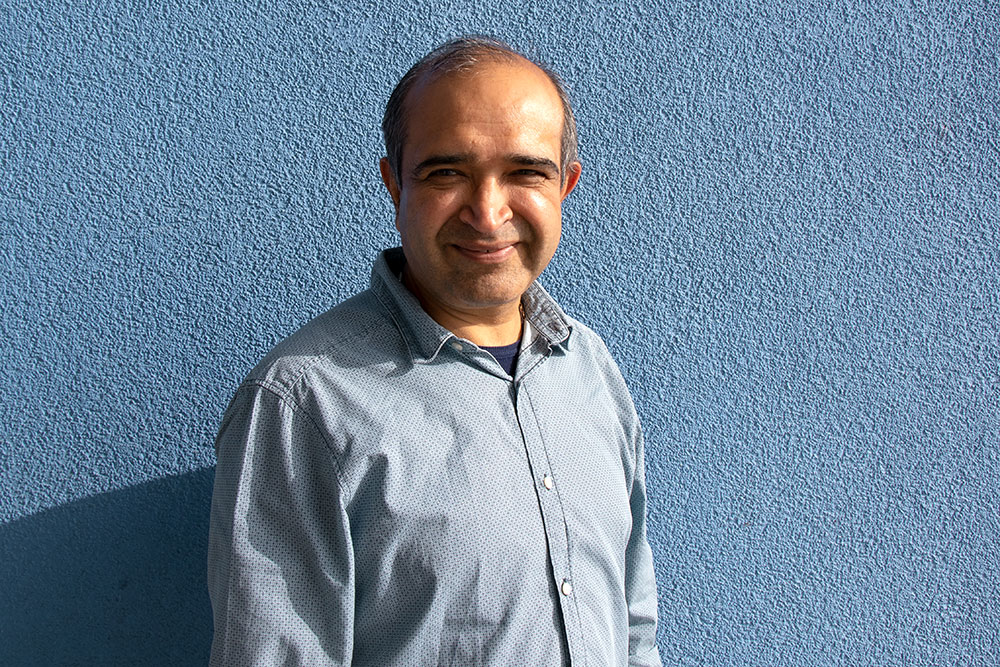
Dr. -Ing. Sunil Survaiya
Lehrkraft für besondere Aufgaben
Dozent
SPC: Applied AI for Digital Production Management (MDM)
Studienfachberater
Sensor Lab
Teaching and Industrial Expertises:
API-AI based product prototype
Optical waveguide and Planar silicon components (PLC): Modeling and Simulation
Concept to Prototype through milestone processes
Fundamental research: Product development and improvements
Product patents: Monitoring and evaluating
Design and testing of electronics and digital circuits
Measurement techniques | Metrology
Lean Six Sigma methodologies | Product: Failure analysis and corrective actions
Statistical process control (SPC): Product processes optimization through MSA4
Sprechzeiten
Terminvereinbarung per E-Mail / V-Mail
Schwerpunkte in der Lehre / Teaching areas
Artificial Intelligence with Python (I2AI)
Machine learning and Deep learning for Production and Logistics (MLDL-PL)
Data Acquisition and Control with LabVIEW (DAC-LabVIEW)
Machine Vision (MV)
CaseStudy: Sensors & Actuators (CS: SA)
CaseStudy: Mechatronic System Simulation (CS:MSS)
Robotic
Industrial Automation
Lectures:
‘Sensors for autonomous and collaborative robots’, summer school, Campus Cham-THD (2022)
Programming neural networks with Python’ for school teachers, Champus Cham -THD (2024)
‘Programming neural networks with Python’ for companies employees, Champus Cham -THD (2024)
Special Achievements:
Profinet Standardisation Group (from 2011 to 2016).
Member of Advisory/Programme Committee of International Conference on ‘Advances in Computing, Communication and Control’, India (2009, 2011 and 2013).
Member of the Technical Programme Committee of the International Conference on ‘International conference on Information, Signal and Communication (ICISC), India (2011).